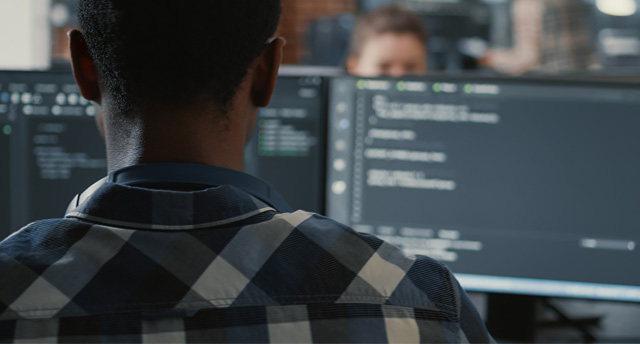In recent times, the concept of Artificial Intelligence is becoming fashionable. It is not trivial. While fiction works have systematically glamorized stories in which a (usually evil) artificial being became too self-aware, reality shows us that Artificial Intelligence is more of an ally than an enemy to be feared.
Not all AIs are the same
Perhaps the first point we should focus on is to analyze what Artificial Intelligence is. Far from the preconceived idea of most super-advanced robots behaving almost indistinguishably like humans, AI falls into two broad groups.
On the one hand we have the strong AI (also known as general). This is the Artificial Intelligence that looks so good in the movies. The problem is that we are a long way from reaching an AI at that level (we are talking about 20 years). Weak (or narrow) AI is AI capable of solving a particular problem. We talk about AI for facial recognition, or conversational, or autonomous driving… Problems that can be very complex, but are also very bounded.
How to develop an Artificial Intelligence?
The concept, in reality, is simple. An Artificial Intelligence is nothing more than a computer program. A very advanced one, yes, but one that is governed by the same rules and compendia as any other program.
Perhaps the key to the whole process lies in Machine Learning. These are, roughly speaking, algorithms that learn from a series of examples and input data provided to them.
Supervised learning consists of providing the program with thousands of models in which each input corresponds to an output. For example, we show photos and tell it whether the photo is of a car or not. After processing the images and the indications given to it, the Artificial Intelligence will be able to identify cars by itself.
Unsupervised learning, on the other hand, involves the program performing pattern identifications on its own. Once it has finished, following our example, it is told that such a group of identified objects are cars. In this way, the AI will be able to identify cars without knowing what they are until someone tells it.
A whole catalog of Artificial Intelligence
The applications of AI today span multiple fields and are advancing by leaps and bounds. For example, we have machines capable of identifying images or faces (for security checks in critical facilities, for example). There are programs capable of driving (although this branch is still in its infancy). There are conversational applications capable of holding face-to-face conversations with users (widely used, for example, as customer service by many companies).
An ever-growing catalog of solutions that provides invaluable help to human workers. As we mentioned at the beginning, seeing AI as an enemy instead of an ally is a mistake that can cause us to miss many opportunities.

Artificial Intelligence is just another type of computer development.
Future and handicaps of AI
While so far we have seen how Artificial Intelligence looks like the next big revolution, we cannot ignore some of the problems surrounding it.
Like all things developed by humans, AI also suffers from certain weaknesses that cannot be overlooked. To begin with, there are biases when implementing these systems due to the simple fact that they are developed by people (and people have biases). That is why it is essential to have a heterogeneous team capable of detecting these biases and correcting them.
In the same way, it is important to select the data with which the algorithm is going to be trained, since a series of erroneous data in the input will imply errors in its analysis. There are also constraints applied by the developer or the manufacturing company (consciously or unconsciously) that can lead to important and decisive compromises.
And yet, assuming that Artificial Intelligence has arrived, not just to stay, but to revolutionize the way we work today, is a smart way to adapt to the changes to come.
In the future, jobs will be shared between people and AI systems generating new synergies. Humans will be dedicated to tasks that require cognitive skills that systems cannot cover, while programs will be used to replace other types of repetitive and low-cognitive tasks.
A future that has already begun and that, in the years to come, will revolutionize the industrial, commercial and social landscape in ways we cannot even imagine.
